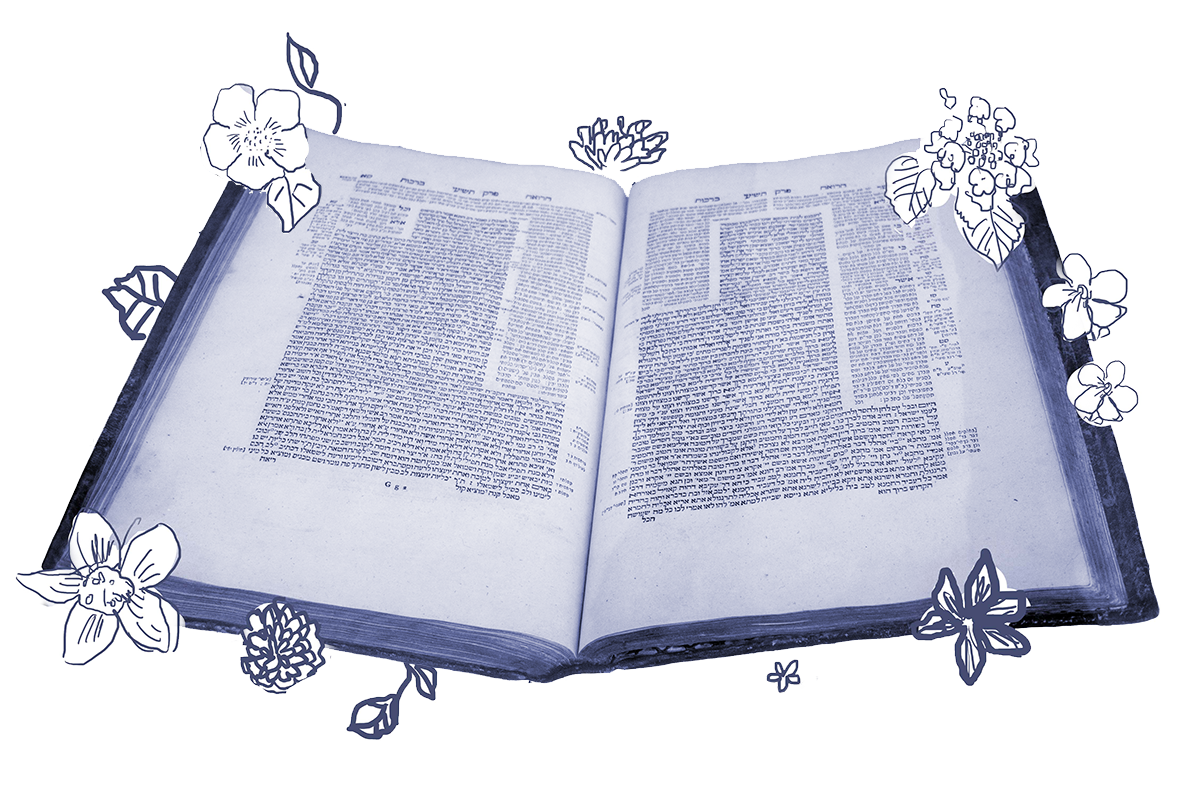Some years, in advance of the holiday of Sukkot, the Transportation Security Agency will release guidance along these lines:
“Observant Jewish travelers may carry four plants — a palm branch, myrtle twigs, willow twigs, and a citron — in airports and through security checkpoints. These plants are religious articles and may be carried either separately or as a bundle. Jewish travelers may be observed in prayer, shaking the bundle of plants in six directions.”
I don’t know about you, but I am pretty impressed that the TSA seems to be aware of the mishnah on today’s daf:
And where in the recitation of Hallel would they shake the lulav? They would do so at the verse: “Thank the Lord, for He is good” (Psalms 118:1, 29) that appears at both the beginning and the end of the psalm, and at the verse: “Lord, please save us” (Psalms 118:25); this is the statement of Beit Hillel. And Beit Shammai say: They would wave the lulav even at the verse: “Lord, please grant us success” (Psalms 118:25).
With your help, My Jewish Learning can provide endless opportunities for learning, connection and discovery.
While the TSA is in the know about shaking the lulav, the Gemara is taken aback, opening its discussion of the mishnah by asking, in essence: “Shake the lulav? Who said anything about shaking the lulav?”
The Gemara’s question is a sharp one because the mishnah began to talk about when you shake the lulav before establishing that you shake the lulav. In fact, the verse from the Torah (Leviticus 23:41) from which the mitzvah of lulav is derived says you should “take” the lulav, but does not mention shaking at all: “On the first day you shall take the product of hadar trees, branches of palm trees, boughs of leafy trees, and willows of the brook, and you shall rejoice before the Lord your God seven days.”
To answer its question, the Gemara cites a mishnah from Sukkah 29:
Any lulav that has three handbreadths in length, sufficient to enable one to shake with it, is fit for use in fulfilling the mitzvah.
The mishnah’s requirement that the lulav be at least three handbreadths is based upon the need for it to be of sufficient length for shaking. Although this is not a direct statement about the source for the practice of shaking the lulav, the Gemara suggests that this mishnah is the antecedent for the one on our page.
Now we know that we shake the lulav, and when during the Hallel service the shaking should be done, but why six directions? The TSA doesn’t explain this practice, but the Talmud does.
One explanation suggests that the six directions symbolize that God is everywhere:
Rabbi Yohanan said: One moves them to and fro to dedicate them to God, Master of the four directions (i.e. shakes east, south, west, north) and one raises and lowers them (i.e. shakes up and down) to God, Master of the heavens and earth.
A second explanation suggests that shaking in six directions provides protection from harmful weather:
In the West (i.e. the rabbis in the land of Israel) they taught it as follows. Rabbi Hama bar Ukva said that Rabbi Yosei, son of Rabbi Hanina, said: He moves them to and fro in order to request a halt to harmful winds, storms and tempests that come from all directions; he raises and lowers them in order to halt harmful dews and rains that come from above.
The second explanation is especially fitting because Sukkot begins the winter rainy season in Israel — which is both essential, because of the water it provides, and potentially dangerous if storms are too violent and cause damage to buildings and crops.
Storms also have the ability to disrupt air travel. But neither the TSA nor the Talmud suggest that shaking your lulav can help ensure an on-time departure.
Read all of Sukkah 37 on Sefaria.
This piece originally appeared in a My Jewish Learning Daf Yomi email newsletter sent on August 13th, 2021. If you are interested in receiving the newsletter, sign up here.



